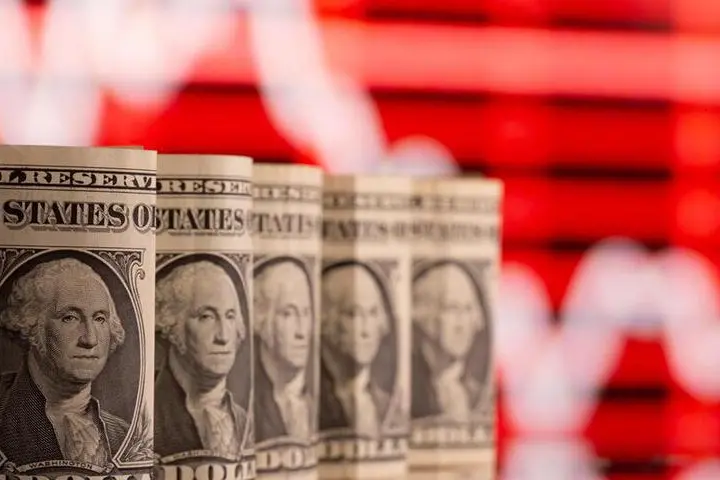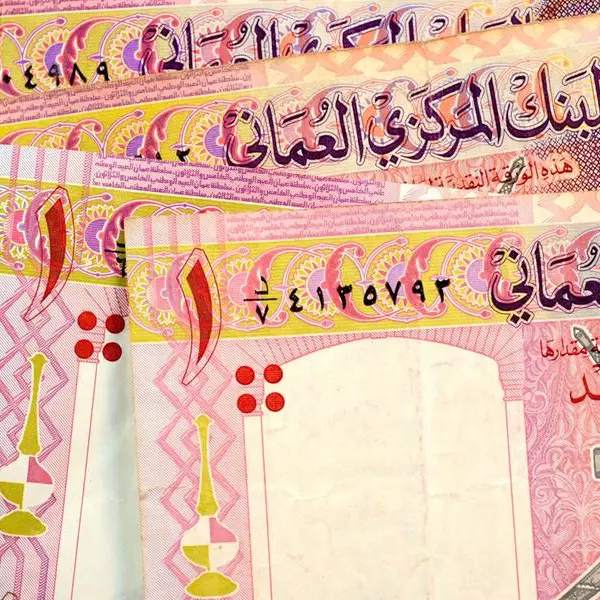PHOTO
TOKYO: The U.S. dollar hovered near a 4-1/2-month high against major peers on Tuesday as traders rushed to push back bets for the Federal Reserve's first interest rate cut this year.
The dollar held close to a six-week peak versus the euro and sterling reached on Monday, after U.S. data unexpectedly showed the first expansion in manufacturing since September 2022.
Fears of intervention by Japanese officials limited dollar gains against the yen, even as long-term U.S. Treasury yields - which the currency pair tends to track - jumped more than 14 basis points to a two-week top at 4.337% overnight.
Gold, which performs best when yields are falling, was knocked back from a record peak.
The U.S. rate futures market now factors in 61.3% odds of a Fed rate cut in June, down from about 70.1% probability a week ago, according to the CME's FedWatch tool.
"The divergence of solid growth dynamics for the U.S. and waning Fed rate cut risk against sluggish growth for other FX majors suggests that any DXY dips should be seen as buying opportunities," said Westpac's head of currency strategy, Richard Franulovich, referring to the dollar index.
The dollar index, which measures the currency against the yen, euro, sterling and three other peers, edged 0.02% higher to 105.02, following a 0.51% rally to as high as 105.07 on Monday.
The euro slipped 0.08% to $1.0733, sticking close to the overnight low of 1.0731. Sterling was 0.04% lower at $1.25455 after sliding to $1.2540 in the prior session.
The Japanese yen firmed slightly on Tuesday to 151.565 per dollar, after dipping to 151.77 the previous day.
It reached a 34-year trough of 151.975 last week, spurring Japan to step up warnings of intervention. On Tuesday, Finance Minister Shunichi Suzuki reiterated that he wouldn't rule out any options to respond to disorderly currency moves.
Japanese authorities intervened in 2022 when the yen slid toward a 32-year low of 152 to the dollar.
The yen's slide has come despite the Bank of Japan's first interest rate hike since 2007 last month, with officials cautious about further tightening amid a fragile exit from decades of deflation.
"Despite heightened risk of intervention, the BOJ's policy stance remains very accommodative and Japanese data continue to show the fragility of their 'virtuous cycle' economic recovery," said Westpac's Franulovich.
"If intervention occurs, resultant flushes in USD/JPY below 150.00 could be relatively deep given the recent surge in leveraged shorts in JPY. However, they are still likely to be seen as buying opportunities once positioning has become more balanced."
Elsewhere, the Australian dollar was flat at $0.6489, after skidding to a nearly one-month low of $0.64815 on Monday.
New Zealand's kiwi dollar eased 0.07% to $0.5949, edging back toward the 4-1/2-month trough at $0.59395 from overnight.
Spot gold edged up 0.11% to $2,253.09, after dropping back from a record high at $2,265.49 in the previous session.
Leading cryptocurrency bitcoin declined 0.87% to $69,158, but was well within its relatively narrow trading range of the past week.
(Reporting by Kevin Buckland. Editing by Sam Holmes.)





















